SOURCE: RAUNAK KUNDE / NEWS BEAT / IDRW.ORG

The Defence Research and Development Organisation (DRDO) is actively engaged in discussions with three foreign companies for the development of a new 110kN thrust engine. This engine will be crucial for powering India’s upcoming 5th generation Advanced Medium Combat Aircraft (AMCA) fighter jets.
The Gas Turbine Research Establishment (GTRE), a DRDO laboratory, is leading the project. They are expected to finalize talks and select one foreign Original Equipment Manufacturer (OEM) partner soon. This partnership will mark a significant step towards developing the 110kN engine, designed entirely from scratch without relying on existing engine designs.
Continue readingSOURCE: RAUNAK KUNDE / NEWS BEAT / IDRW.ORG

The Indian Air Force (IAF) has issued two Requests for Proposals (RFPs) seeking indigenous development of critical technologies for its fleet of Mirage-2000 aircraft. These RFPs aim to boost India’s self-reliance in the defence sector and provide a much-needed upgrade to the Mirage-2000s.
The first RFP seeks a consortium of Indian companies to develop an indigenous integrated Fly-by-Wire (FBW) system tester for the Mirage-2000 aircraft. This system will replace the existing FBW system tester currently in use.
Continue readingSOURCE: RAUNAK KUNDE / NEWS BEAT / IDRW.ORG
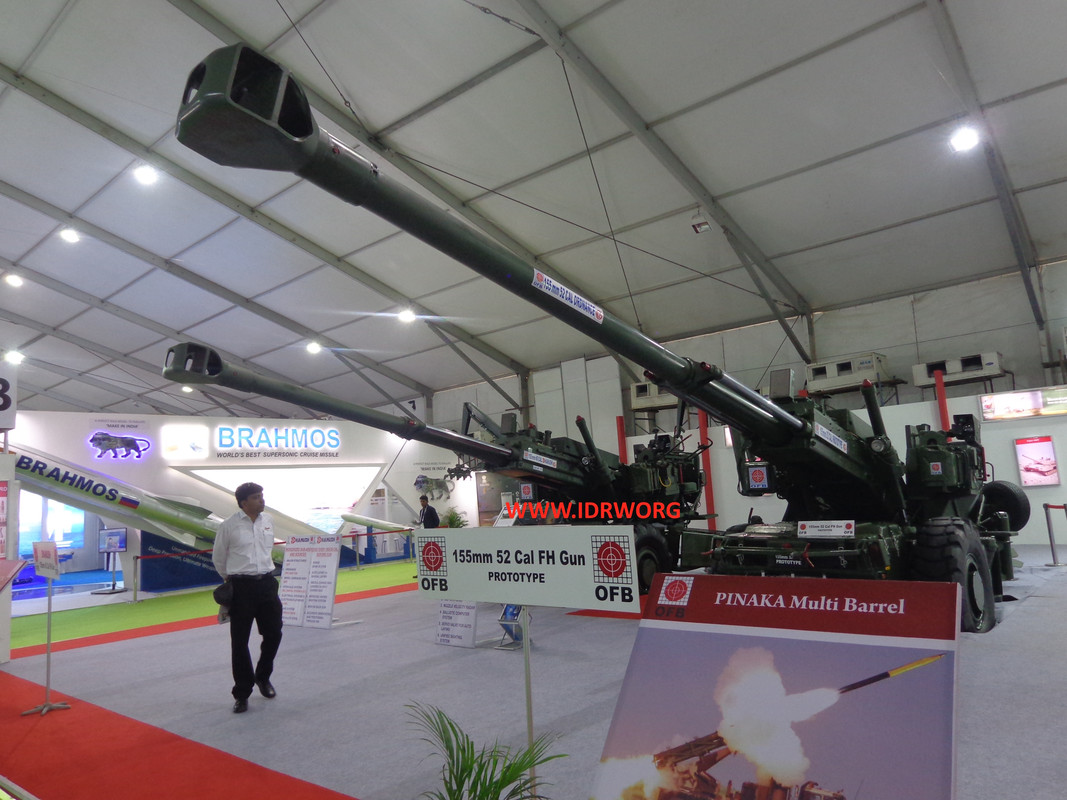
India’s state-run Advanced Weapons and Equipment India Limited (AWEIL) has responded to the Indian Army’s Request for Information (RFI) for the procurement of 400 155 mm/52 calibre towed gun systems (TGS) along with towing vehicles. This move aligns with the government’s ‘Buy Indian-IDDM’ initiative, prioritizing the purchase of domestically manufactured defence equipment.
AWEIL has offered its indigenously developed Dhanush 155 mm/52 calibre towed gun system as a solution to meet the Army’s requirement. This offering comes after AWEIL recently received the Acceptance of Necessity (AoN) from the Ministry of Defence (MoD) for the Dhanush system.
Continue readingSOURCE: IDRW.ORG TEAM
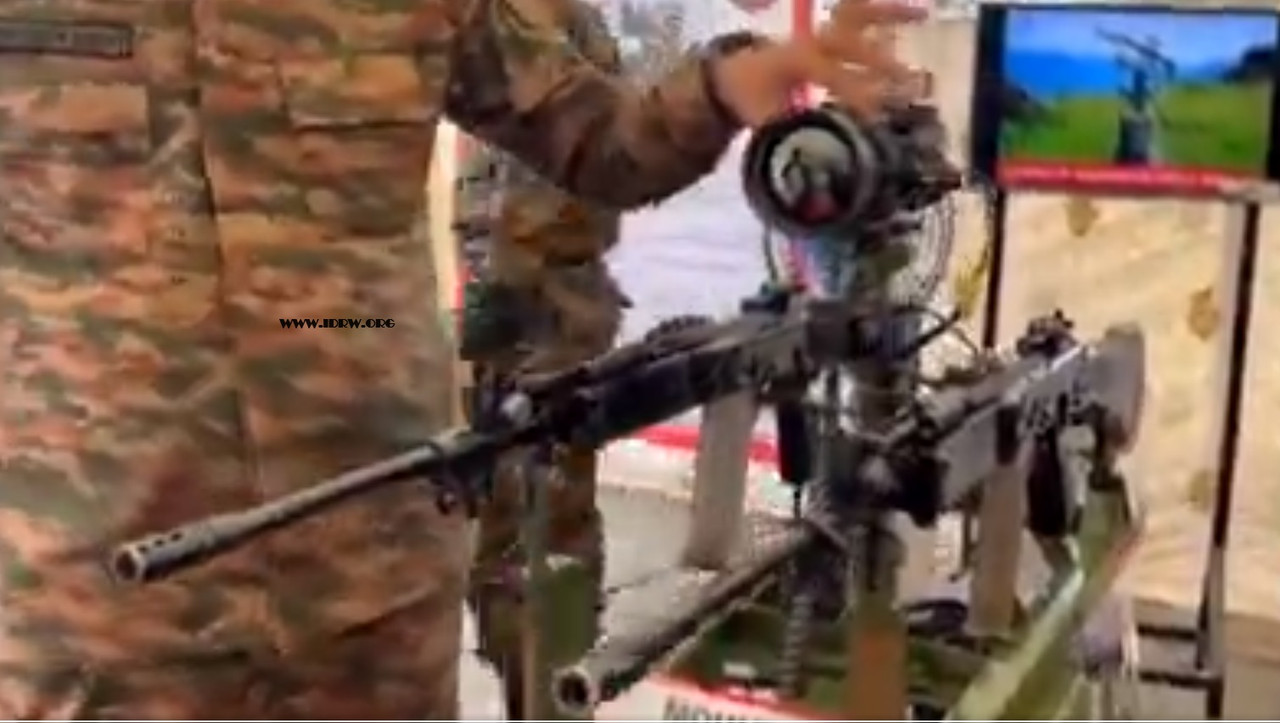
The Indian Army (IA) has taken a leap forward in firepower and tactical flexibility with the unveiling of its in-house developed Automated Twin Weapon Firing System. This innovative system promises to revolutionize combat operations in diverse scenarios, from anti-drone defense to securing vulnerable and remote areas.
The system’s defining feature is the twin-weapon mount, capable of simultaneously wielding INSAS rifles. This firepower duplication translates to enhanced suppression capability and quicker target neutralization, particularly against fast-moving threats.
Continue readingSOURCE: IDRW.ORG TEAM
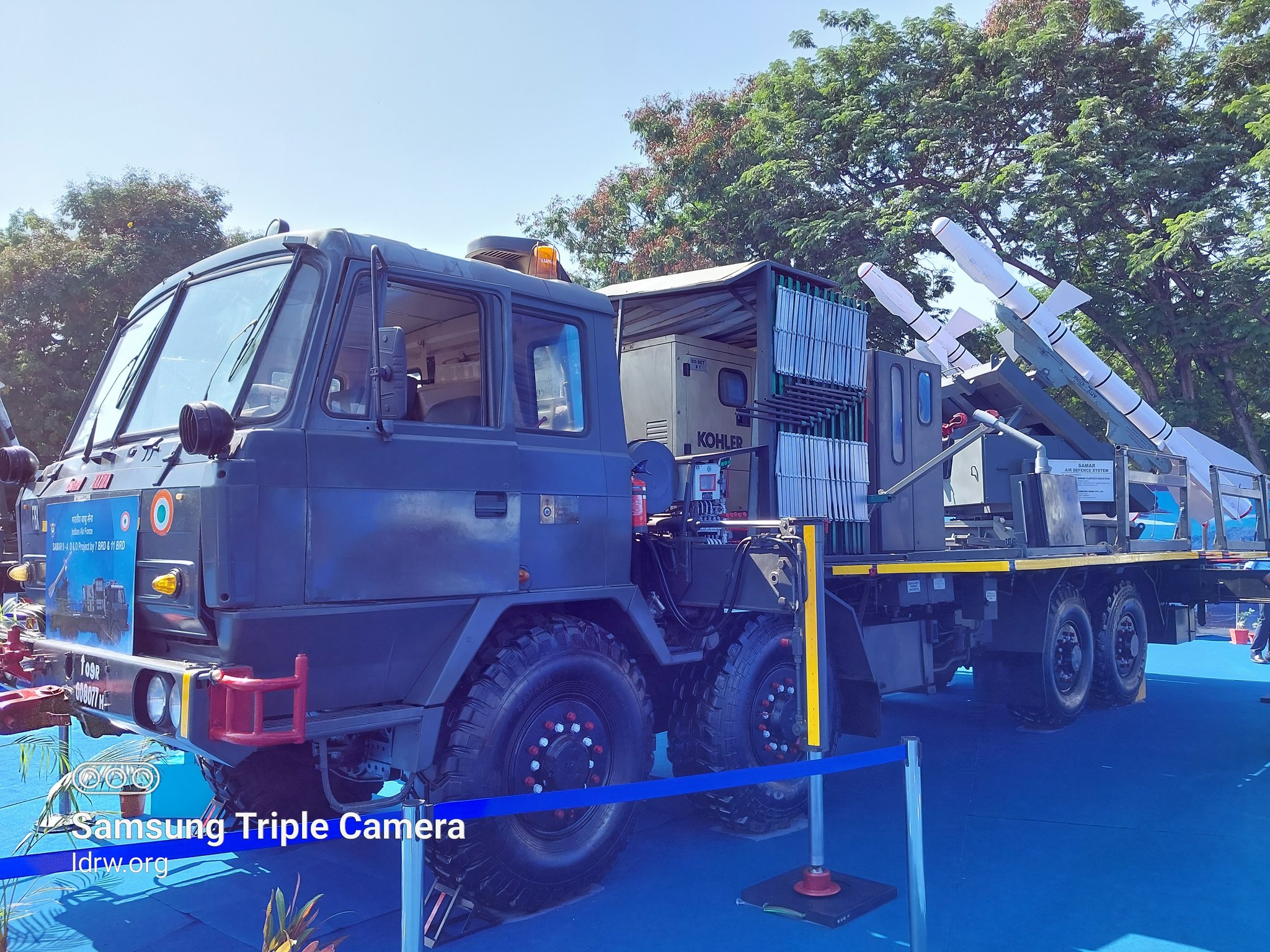
The Indian Air Force (IAF) has issued an Expression of Interest (EOI) for the repair, refurbishment, and life extension of its Russian-made R-73 and R-27 air-to-air missiles. This initiative aims to enhance the operational capabilities and lifespan of these crucial weapons systems, ensuring the IAF’s continued air dominance.
The EOI specifically seeks proposals for joint ventures (JVs) between Indian companies and the Original Equipment Manufacturers (OEMs) of the missiles. This collaboration is expected to leverage the expertise of both parties, ensuring high-quality repair, refurbishment, and life extension work while also promoting technology transfer and fostering the development of India’s defense industry.
Continue readingSOURCE: RAUNAK KUNDE / NEWS BEAT / IDRW.ORG
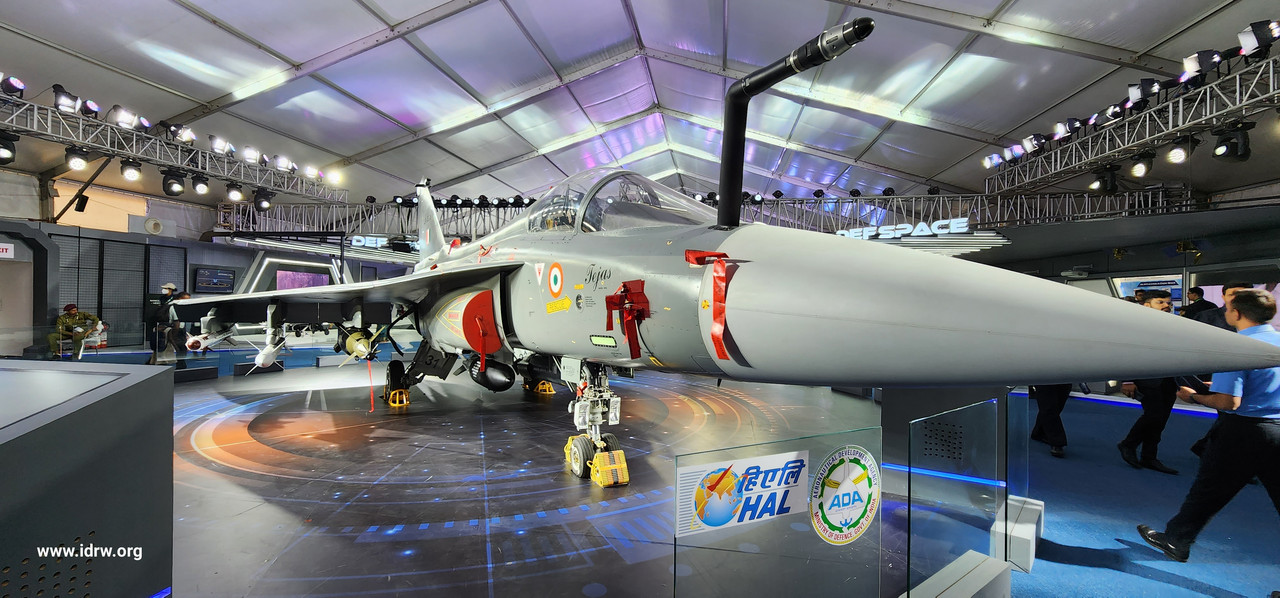
Indian Air Force (IAF) is gearing up to deploy its first squadron of the indigenous Light Combat Aircraft (LCA) Tejas Mark 1A fighter jets at the Nal air base in Bikaner, Rajasthan, strategically located near the Pakistan border next year.
This deployment marks a significant milestone in the IAF’s modernization efforts and strengthens its combat capabilities. idrw.org also has been told that Additionally, the older Tejas Mk1 fighter jets are planned to be relocated to forward airbases, likely in Gujarat, to bolster defence preparedness in the western sector.
Continue readingSOURCE: RAUNAK KUNDE / NEWS BEAT / IDRW.ORG

The Indian Navy has issued a Request for Information (RFI) seeking proposals for the lease of a product tanker for two years and six months, with the option to extend the lease by an additional two years. This initiative aims to address the urgent need for refuelling naval ships at sea and enhance the operational capabilities of the Indian Navy.
According to the RFI, the product tanker should be capable of carrying a minimum of 10,000 metric tons of fuel and possess the necessary equipment for undertaking astern refuelling operations. The vessel must also comply with all relevant international maritime regulations and possess valid classification certificates.
Continue readingSOURCE: RAUNAK KUNDE / NEWS BEAT / IDRW.ORG
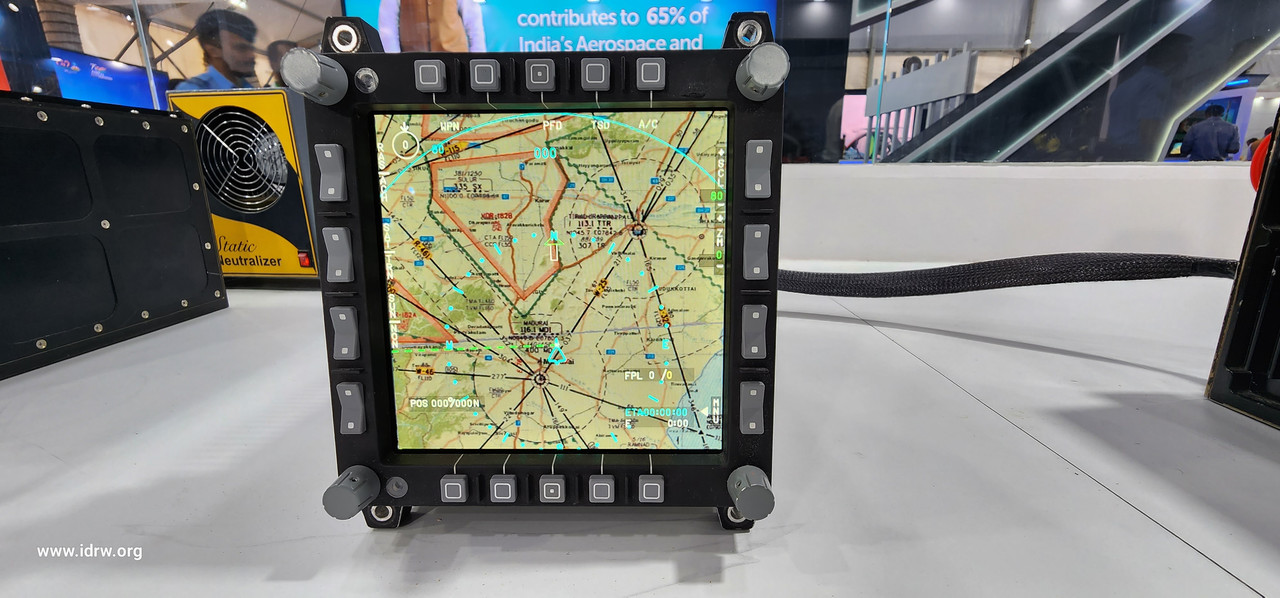
Hindustan Aeronautics Limited (HAL) showcased its indigenously developed Digital Map Generator (IDMG) at a recent event at Avionics Expo 2023 in New Delhi. This cutting-edge technology is designed to enhance the capabilities of Su-30MKI and Jaguar Darin-III fighter jets, and will soon be available on upgraded Tejas Mk1A jets as well.
The IDMG provides pilots with a crucial tool for navigation, flight planning, and tactical operations. It renders 2D and 3D maps, overlaying critical information to significantly improve pilot situational awareness. This allows for more informed decision-making and effective mission execution.
Continue readingSOURCE: IDRW.ORG TEAM

The Defence Research and Development Organisation (DRDO) is in talks with Armenia for the potential sale of missile systems, following the successful conclusion of deals for Pinaka multi-barrel rocket launchers and ATAGS artillery guns earlier this year.
While DRDO officials have not publicly confirmed the specific missile types being offered to Armenia, People familiar with the matter told idrw.org that India is keen on providing the BrahMos Supersonic Cruise Missile and the Pralay Short-Range Ballistic Missile (SRBM).
Continue readingSOURCE: IDRW.ORG TEAM

In a significant stride towards bolstering the capabilities of the Indian Army and expanding its global footprint, the Kalyani Group, through its subsidiary Bharat Forge, has locally manufactured the Kalyani M4 4×4 Armoured Personnel Carrier (APC).
This indigenously developed APC is not only tailored to meet the specific needs of the Indian Army but also showcases a host of improvements and design changes that set it apart from its counterparts, particularly those offered by the Paramount Group. With an eye on international markets, Kalyani Group is now poised to export the Kalyani M4 to Middle Eastern and African countries.
Continue readingSOURCE: RAUNAK KUNDE / NEWS BEAT / IDRW.ORG

The Indian Air Force, soon to be renamed the Indian Air and Space Force (IASF) as part of its ambitious Space Vision 2047, Plans to collaborate with ISRO on the development of a Military-Grade Reusable Launch Vehicle (RLV). This unmanned spaceplane will provide a crucial platform for testing new sensors and other advanced satellite technologies in the harsh space environment.
idrw.org has been told that the RLV’s smaller size and lack of a human crew offer significant advantages. It requires less thrust and a smaller rocket for launch, allowing for longer missions in low Earth orbit compared to manned spacecraft. This makes it ideal for testing and evaluating critical space technologies that will be vital for the IASF’s future operations.
Continue readingSOURCE: RAUNAK KUNDE / NEWS BEAT / IDRW.ORG
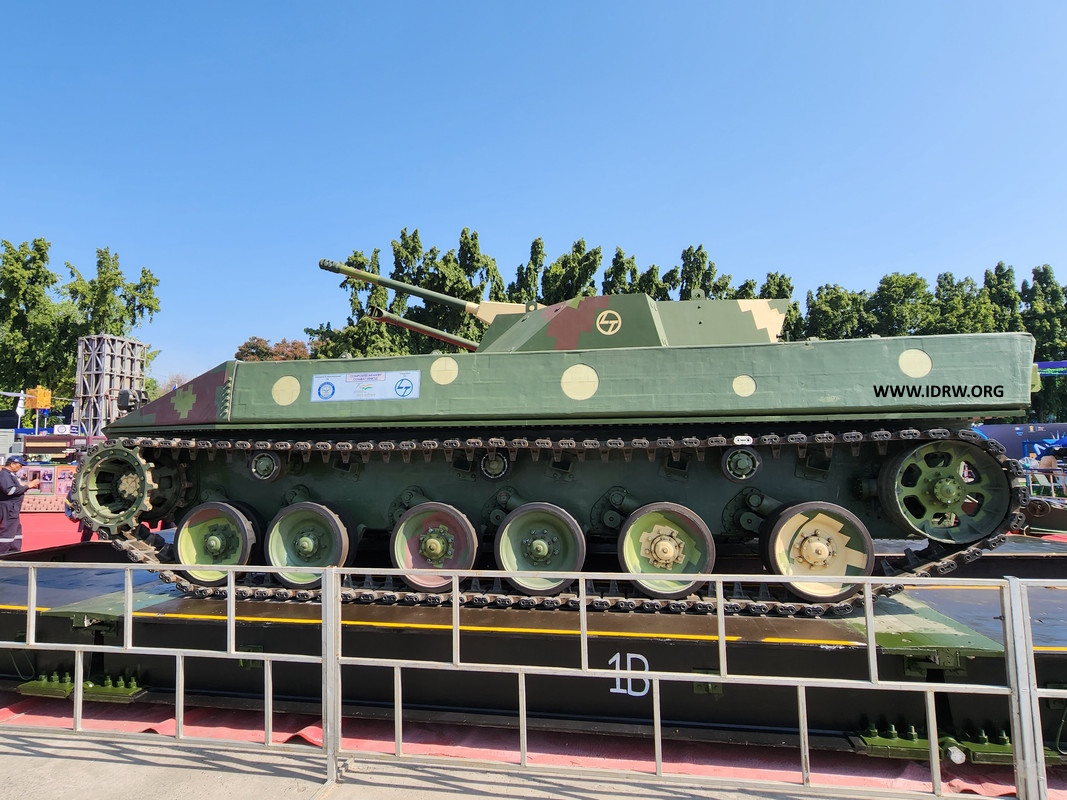
The Composites Research Center (CRC) is undertaking an ambitious project to develop a composite hull for an advanced armoured platform, codenamed VIKRAM VT-21. The project aims to evaluate the performance of different composite materials and configurations under shock-loading conditions.
Traditionally, armoured vehicles have relied on steel or aluminium hulls for protection. However, composite materials offer several advantages, including:
Continue readingSOURCE: RAUNAK KUNDE / NEWS BEAT / IDRW.ORG
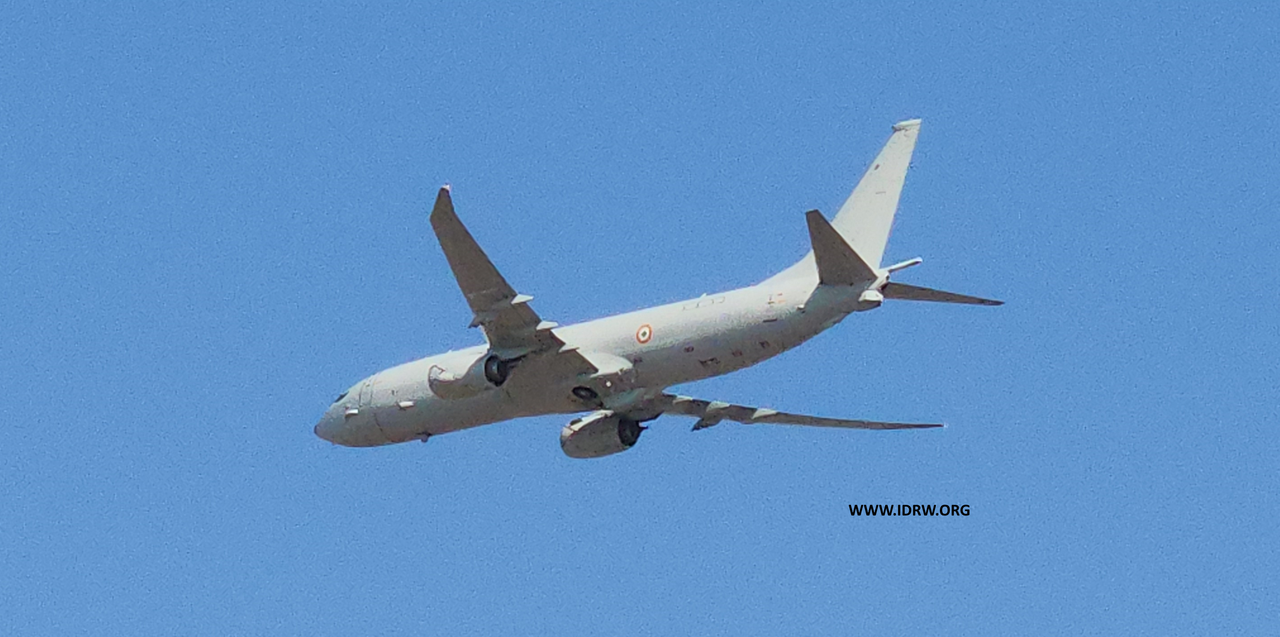
The Indian Navy is seeking to acquire six additional P-8I Poseidon maritime patrol aircraft (MPA) to bolster its surveillance capabilities in the Indian Ocean Region (IOR). However, the Ministry of Defence (MoD) is reportedly hesitant to approve the purchase, citing budgetary constraints and alternative options.
This development comes as the Navy recently retired its ageing fleet of Russian IL-38 MPAs and is looking to replace its Tu-142M maritime reconnaissance and anti-submarine warfare aircraft. The Navy is concerned about the gap created by these retirements and believes that the P-8I is crucial for maintaining a robust maritime surveillance network.
Continue readingSOURCE: IDRW.ORG TEAM

The Gas Turbine Research Establishment (GTRE) has partnered with a private company in India to develop the necessary standard operating procedures (SOPs) for integrating the Kaveri engine into the Light Combat Aircraft (LCA) Tejas. This collaboration marks a significant step forward in the program, which is gearing up for limited flight trials of the aircraft equipped with the indigenous Kaveri engine for technological demonstration purposes.
Integrating a new engine into an existing aircraft is a complex process that requires careful planning and execution. The air inlet, propulsion subsystem, and engine must be seamlessly integrated to achieve optimal performance and safety.
Continue readingSOURCE: IDRW.ORG TEAM

The Indian Army has unveiled a novel and innovative drone system designed to deceive enemy radar systems, showcasing its commitment to encouraging in-house technological advancements. This system, mounted on quadcopter drones, uses Luneburg lenses to mimic the radar cross-section (RCS) of the Indian Army’s own helicopter fleet, such as gunships and utility helicopters.
The key principle behind this system lies in its ability to create false radar echoes that mimic the signature of actual helicopters. By deploying these “decoy drones” equipped with Luneburg lenses, the Indian Army can mislead enemy radar operators into believing that a larger force of helicopters is present in a specific area. This deception can serve several tactical purposes, including:
Continue reading